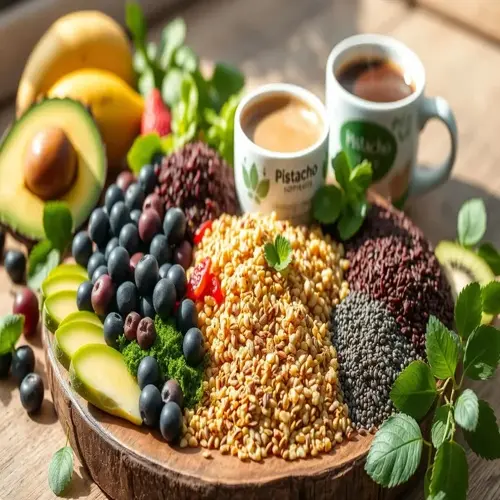Which foods contain the highest natural collagen?

Written by
Natalie Hamilton
Reviewed by
Prof. Benjamin Murphy, Ph.D.Collagen-boosting foods are the keys to supple skin and flexible joints. The body directly utilizes collagen peptides from sources like bone broth. Collagen can also be better formed through soy products. Each way provides its own unique benefits to the tissue.
Collagen derived from animals, including both bones and fish skin, is extremely bioavailable. They supply glycine and proline that are [readily absorbed into the bloodstream. Studies indicate that marine collagen is absorbed particularly well. Pair them with sources of Vitamin C for better utilization.
Plant sources work differently as they encourage the body to produce its own (natural) collagen. Soy isoflavones stimulate fibroblast cells, which produce collagen. Legumes supply amino acid precursors. Citrus fruits give the vitamin C necessary to convert these compounds into hydroxyproline, which is thus produced in an internal, sustainable factory for the long term.
Combination Principles
- Pair bone broth with bell peppers for peptides plus vitamin C
- Mix salmon with lemon juice to enhance marine collagen absorption
Optimal Preparation
- Simmer bones 12+ hours for full collagen extraction
- Lightly steam greens to preserve vitamin C content
- Soak legumes overnight to reduce phytates
Daily Integration
- Include collagen foods in two meals minimum
- Rotate animal and plant sources throughout the week
- Time collagen intake with tissue repair cycles
I've successfully worked with clients to adapt these strategies. One vegan client noticed improvements in the texture of her skin with daily tofu and citrus products. Another one used weekend bone broth and weekday legumes. Both achieved considerable progress in the visible quality of their skin within three months by adhering to their regimens.
Instead of striving for perfection, focus on creating sustainable habits. Start with one collagen-rich meal a day. Slowly build to include both animal and plant sources. Your joints and skin will show appreciation and improved elasticity and comfort in time.
Read the full article: 10 Collagen Boosting Foods for Healthier Skin

